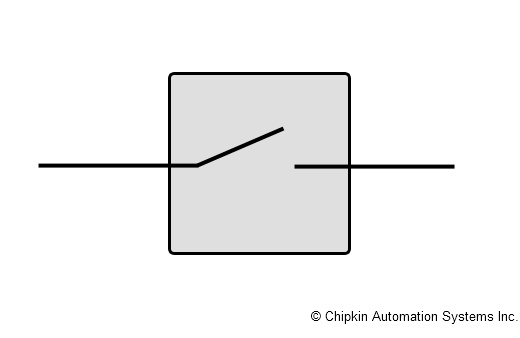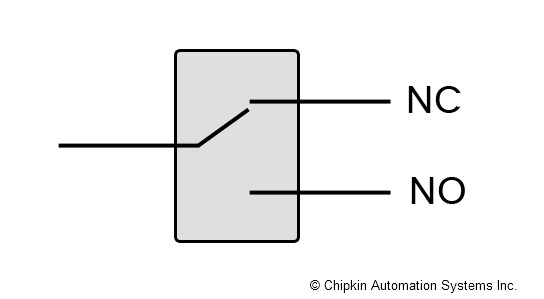1. Normally-open (NO) contacts

They connect the circuit when the relay is activated and the circuit is disconnected when the relay is inactive. It is also called a Form A contact or "make" contact.
2. Normally-closed (NC) contacts

They disconnect the circuit when the relay is activated and the circuit is connected when the relay is inactive. It is also called a Form B contact or "break" contact.
3. Change-over (CO), or double-throw (DT), contacts

They control two circuits i.e. one normally-open contact and one normally-closed contact with a common terminal. It is also called a Form C contact or "transfer" contact ("break before make"). Another type of contact that utilizes “make before break" functionality is called a Form D contact.
Application & Selection Criteria
No comments:
Post a Comment